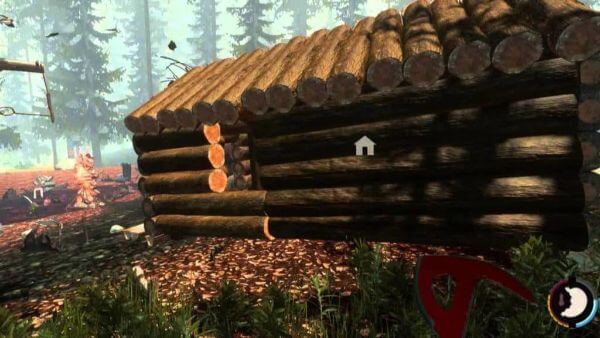

- #The forest mod api tutorial install
- #The forest mod api tutorial password
- #The forest mod api tutorial windows
Permission_classes = Ĭlass GroupViewSet(viewsets.ModelViewSet):ĪPI endpoint that allows groups to be viewed or edited. from import User, Groupįrom import UserSerializer, GroupSerializerĬlass UserViewSet(viewsets.ModelViewSet):ĪPI endpoint that allows users to be viewed or edited. Open tutorial/quickstart/views.py and get typing. Right, we'd better write some views then. You can also use primary key and various other relationships, but hyperlinking is good RESTful design. Notice that we're using hyperlinked relations in this case with HyperlinkedModelSerializer. from import User, GroupĬlass UserSerializer(serializers.HyperlinkedModelSerializer):įields = Ĭlass GroupSerializer(serializers.HyperlinkedModelSerializer): Let's create a new module named tutorial/quickstart/serializers.py that we'll use for our data representations. Serializersįirst up we're going to define some serializers. Once you've set up a database and the initial user is created and ready to go, open up the app's directory and we'll get coding. python manage.py createsuperuser -email -username admin

We'll authenticate as that user later in our example.
#The forest mod api tutorial password
We'll also create an initial user named admin with a password of password123. Now sync your database for the first time: python manage.py migrate Using the project's namespace avoids name clashes with external modules (a topic that goes outside the scope of the quickstart). It may look unusual that the application has been created within the project directory. tutorial/quickstart/migrations/_init_.py The project layout should look like: $ pwd # Set up a new project with a single applicationĭjango-admin startproject tutorial.
#The forest mod api tutorial install
# Install Django and Django REST framework into the virtual environment

#The forest mod api tutorial windows
Source env/bin/activate # On Windows use `env\Scripts\activate`

# Create a virtual environment to isolate our package dependencies locally Project setupĬreate a new Django project named tutorial, then start a new app called quickstart. List containing train-test split of inputs.We're going to create a simple API to allow admin users to view and edit the users and groups in the system. Returns splitting list, length=2 * len(arrays) If not None, data is split in a stratified fashion, using this as Whether or not to shuffle the data before splitting. Pass an int for reproducible output across multiple function calls. random_state int, RandomState instance or None, default=NoneĬontrols the shuffling applied to the data before applying the split. The value is automatically set to the complement of the test size. Int, represents the absolute number of train samples. Proportion of the dataset to include in the train split. If float, should be between 0.0 and 1.0 and represent the If train_size is also None, it willīe set to 0.25. If None, the value is set to theĬomplement of the train size. If int, represents theĪbsolute number of test samples. Of the dataset to include in the test split. If float, should be between 0.0 and 1.0 and represent the proportion Parameters *arrays sequence of indexables with same length / shapeĪllowed inputs are lists, numpy arrays, scipy-sparse Into a single call for splitting (and optionally subsampling) data in a Next(ShuffleSplit().split(X, y)) and application to input data Quick utility that wraps input validation and Split arrays or matrices into random train and test subsets. train_test_split ( * arrays, test_size = None, train_size = None, random_state = None, shuffle = True, stratify = None ) ¶ Sklearn.model_ain_test_split ¶ sklearn.model_selection.


 0 kommentar(er)
0 kommentar(er)
